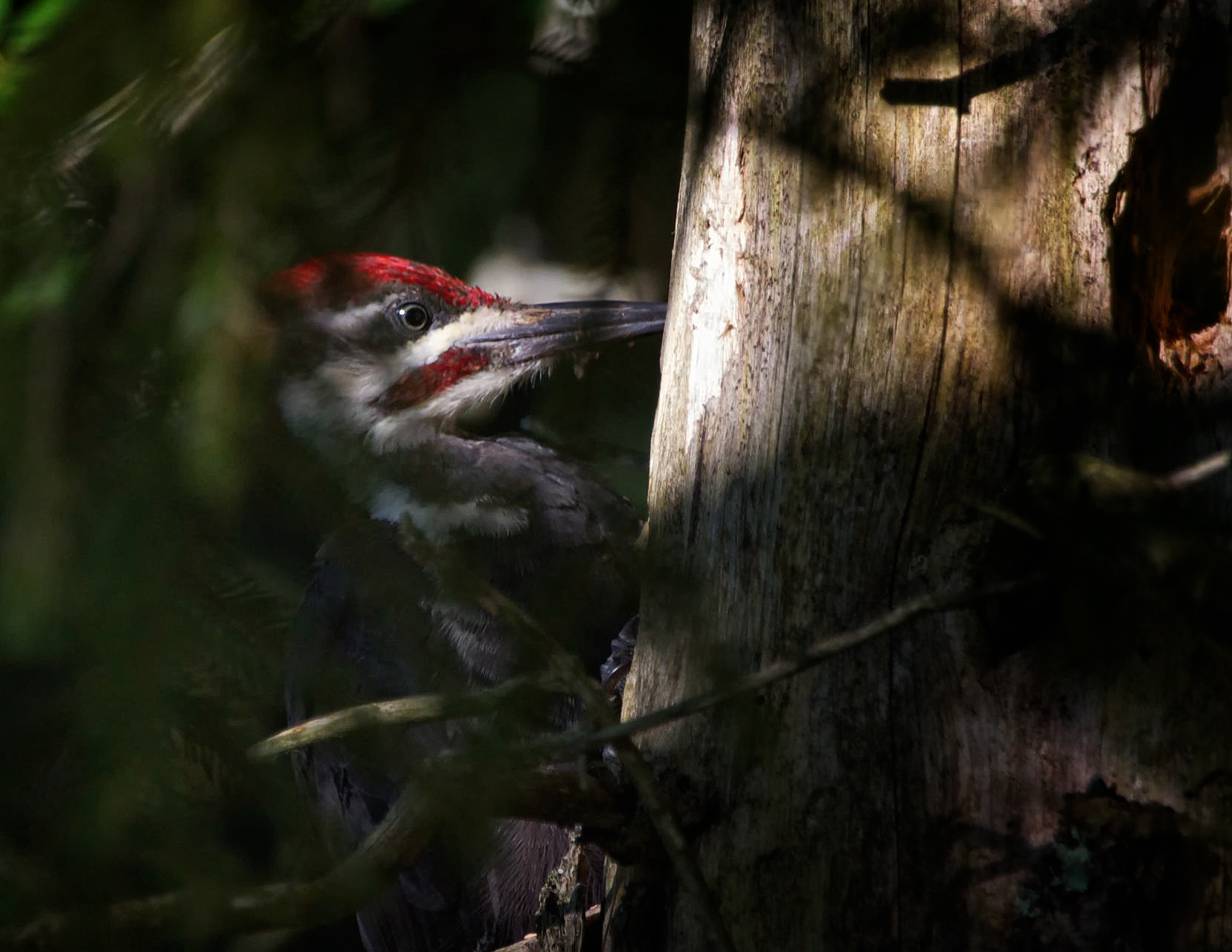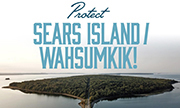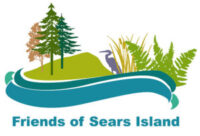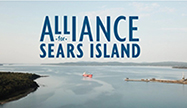Photos and text by Karl Gerstenberger
My first Maine island experience occurred almost eighty years ago when friends invited my family to stay for a month in their house on an island in the middle of Casco Bay. With no electricity, we used kerosene lamps for illumination, and warmed the place using the fireplace. Ice arrived in an old Model T truck.
At eight-years-old, my world suddenly changed from a gray-toned suburb to one of brilliant, “living” color.
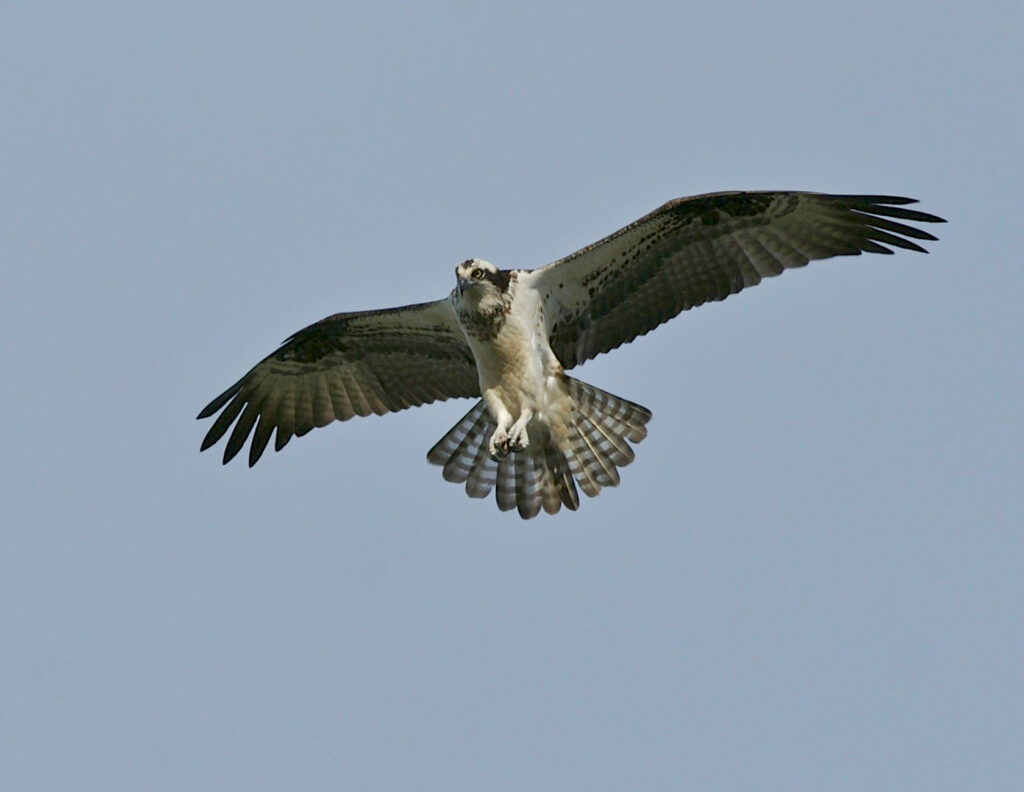
I’d never seen a seal, a porpoise, or an osprey before. The songbirds were all new to me. A local lobster fisherman, at least sixty years my senior, quickly became a friend. I’d never seen such arm muscles as his pulling the heavy wooden traps from the ocean when he took me out one early morning. He showed me so many new things and spoke to me as an adult. At night, a young man or woman circled the island’s outer pathway with a carriage of carefully measured kerosene bottles, filling and lighting the lamps around the perimeter. The entire month was a life-changing and magical adventure which has remained with me ever since.
I learned that islands are beautiful, peaceful places that can be filled with and surrounded by unique natural environments. Many Americans cannot easily experience island life; most of the numerous islands of Maine are difficult to access. Sears Island is unusual in that it is both uninhabited and easily reached by a paved road and causeway.
Living in different parts of the country for the first thirty years of our marriage, my wife Louisa and I returned often to Maine for short stays and vacations. In 1987, as soon as was possible, we returned to live here permanently, and I began working with some great organizations that helped me to express my gratitude for living here full-time.
We sailed the Maine coast and maritime Canada, often selecting remote island anchorages that offered unmatched close-up natural views. After twenty years of wonderful sailing, we came ashore permanently and started looking for ways to enjoy this uniquely beautiful place where we would hopefully spend the rest of our lives.
I’ve spent the last fifteen years learning about digital photography, and started focusing my camera on birds because they were beautiful, challenging, fast-moving subjects for an aspiring photographer. As time passed, I became more and more interested in the birds themselves.
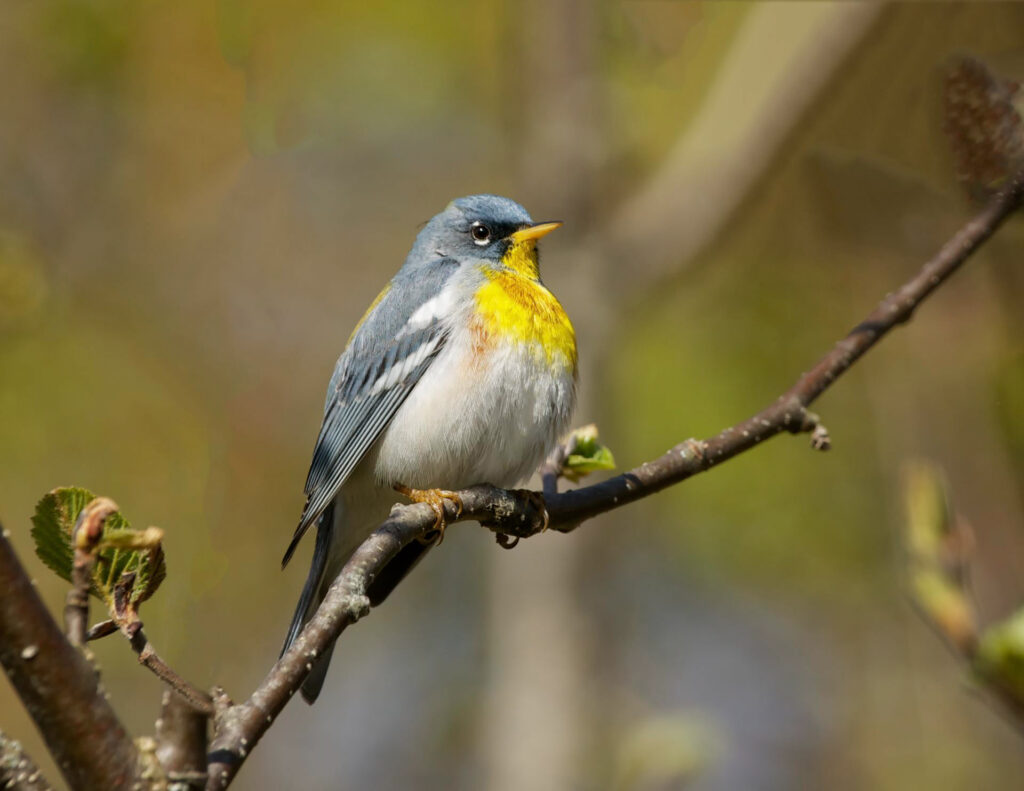
One thing I’ve learned is that with many industrial and climate-related changes in our country and in the world, birds are so challenged that the extinction of certain species is no longer unexpected. The entire balance of Nature is being upended, and I have learned just how important birds are in maintaining this balance.
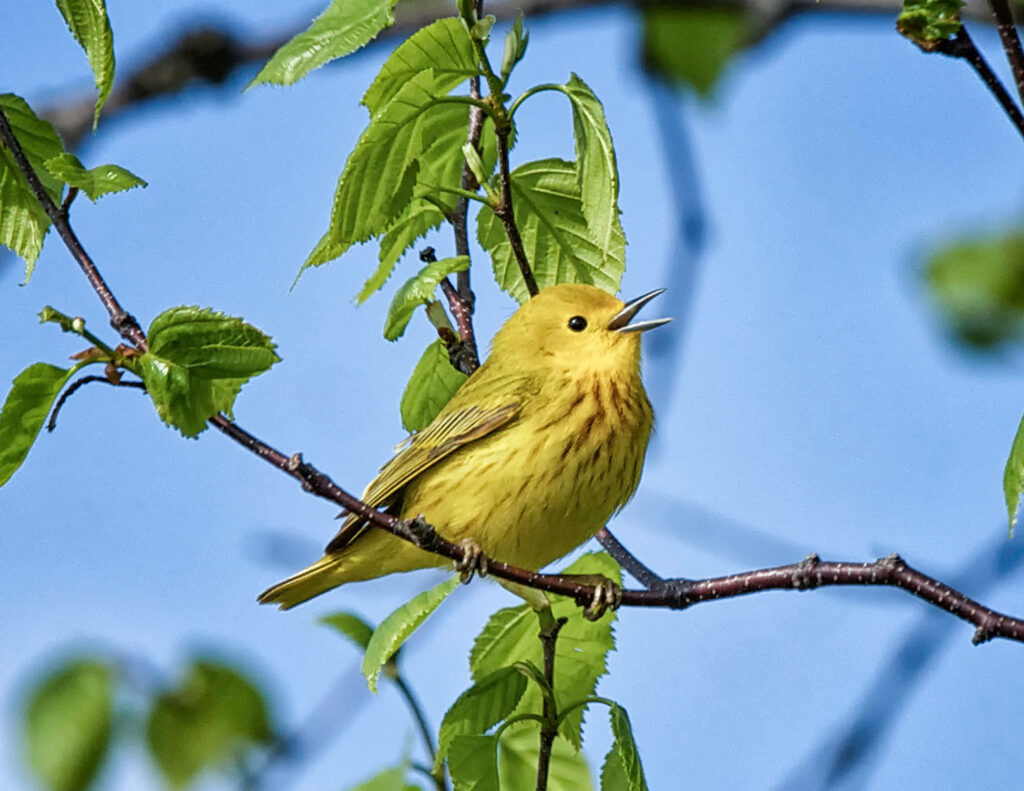
I first discovered Sears Island through the Maine Birders’ Network. Living in Lincolnville and then Belfast, it was just a short drive away. In the spring we would arrive around 5 a.m. to find a large variety of birds resting and feeding as they prepared to continue their migratory flights after dropping onto the island throughout the night. They would stage a short time not far from where the causeway meets the island, and then take off, usually toward the northwest.
It’s at this point where my early Maine island experience and my interests in birds and photography came together.
Discovering a nearby, accessible, uninhabited Maine island that is a significant migratory stopover and a home for a wide variety of bird species was really exciting. It became all the more important when I realized that these birds have an increasingly difficult time securing a safe place to spend the night or establish a home.
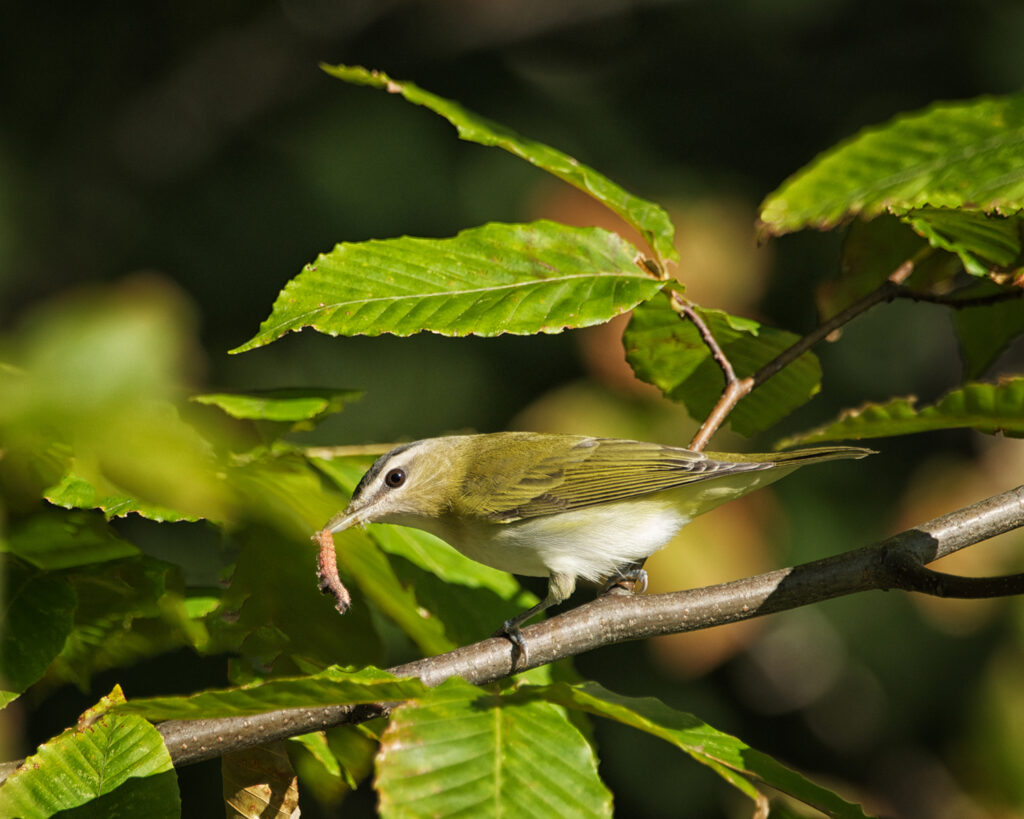
Sears Island is an essential component of North Atlantic bird habitat and its biodiversity support structure. It’s connected to the mainland, thereby granting access to visitors but is uninhabited by them, offering the protection and tranquility that our natural world so badly needs these days.
We got to know more people and gained some great friends who were generously willing to share their knowledge. They were often first to spot and identify new birds for us, resulting in great learning experiences. Friends of Sears Island invited me to share some of these photos and they ended up on their website. This inspired me to start my own websites, the latest one, kegerstenberger.myportfolio.com has kept me busy recently.
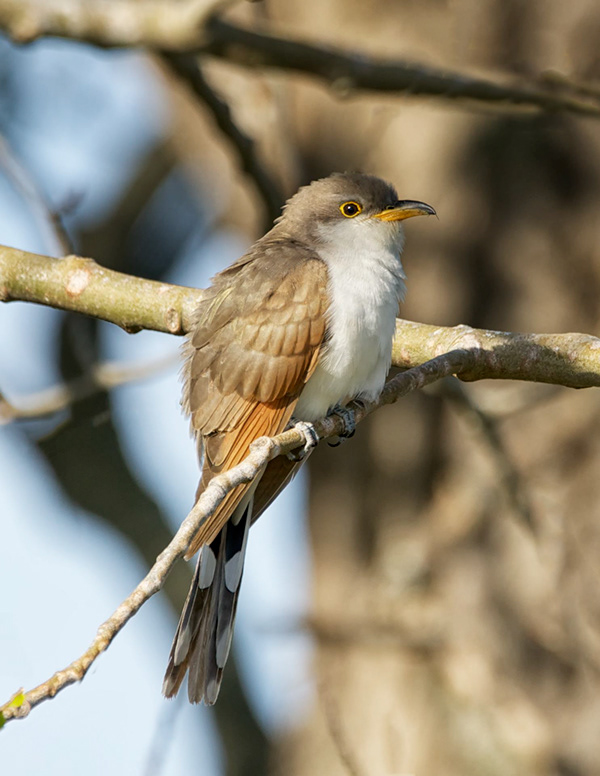
We go to know more people and gained some great friends who were generously willing to share their knowledge. They were often first to spot and identify new birds for us, resulting in great learning experiences. Friends of Sears Island invited me to share some of these photos and they ended up on their website. This inspired me to start my own websites, the latest one, kegerstenberger.myportfolio.com has kept me busy recently.
While on Sears Island, Louisa and I would meet some of the most helpful birders. One early encounter stands out: a small group was gazing intently at some bird activity, so I approached them and asked what they were looking at. They answered, “we’re looking at these yellow-billed cuckoos.” I had never seen these birds before and marveled at their beauty.
In my old age I’ve been learning more about how some of our citizens have been hard at work often pursuing short term financial goals of unproven value while destroying natural habitat and ruining land in the process. Sears Island is a treasure for all animals and birds who stop there or remain for extended periods. These animals are key to maintaining a balance of nature. The island is also an irreplaceable part of the Maine landscape and accessible to all who care. It is invaluable to the citizens of Maine and to its visitors.
I didn’t know what an island uninhabited by humans was when I was a kid.
If it is a unique place, which I believe it is, why would you choose it as a manufacturing site when a location nearby is already being used for similar purposes?
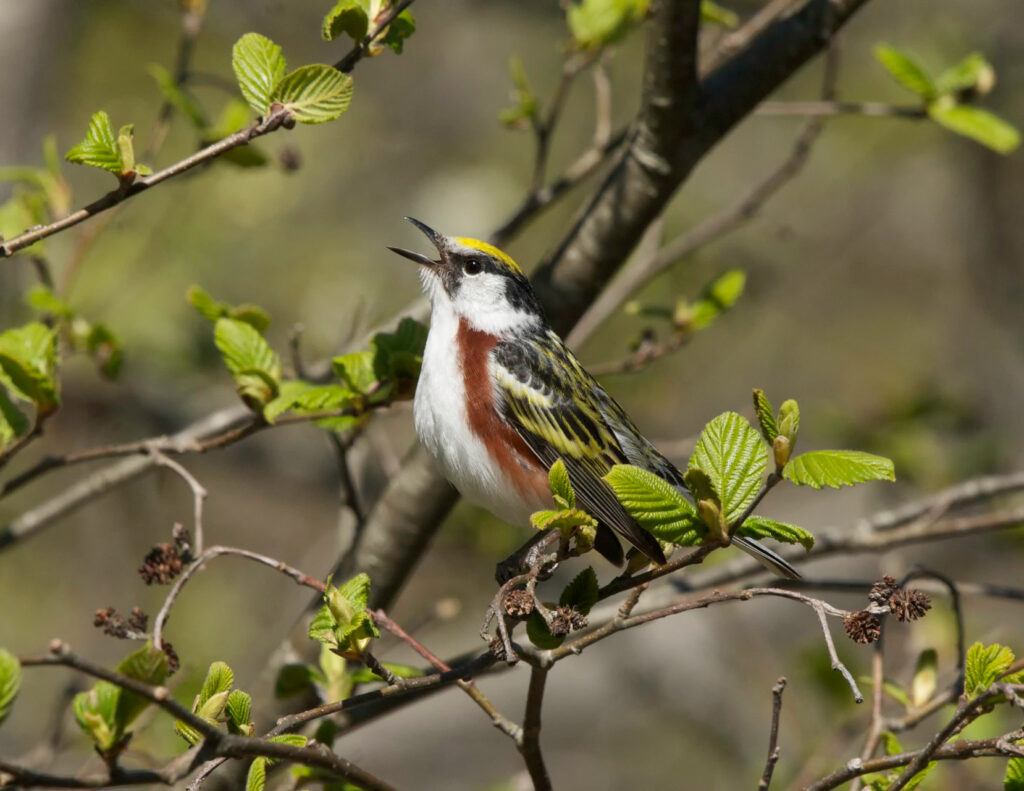
Maine citizens depend a great deal on accessibility to Sears Island. There are few, if any, similar places I know of. Visitors come from the world over to visit our state because of its uniqueness and beauty. If we believe in the long-term value of bio-diversity and really do want to combat climate change, why would we ruin the long term value of this rare, accessible, uninhabited island?
It makes no sense.
A project of volunteers who care deeply about Sears Island
